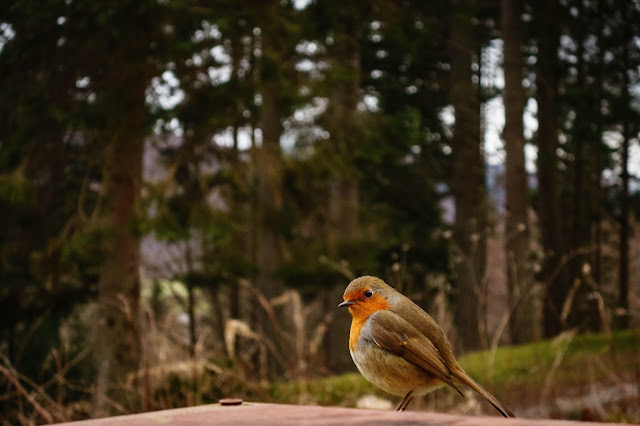Entrance to Montrose Harbour
Second World War defensive Pill Box
Scurdie Ness lighthouse
Lesley admiring the view
A rainbow arcing over Scurdie Ness Lighthouse
Elephant Rock
The Rock of St Skeoch, locally pronounced St Skae and more usually known as the Elephant Rock is a volcanic dyke eroded into the shape of an elephant by the sea.
Boddin Point
The kilns were built during a period when agrarian improvements and enclosure created an enormous demand for lime, which was used until the late 19th century to reduce acidity and improve the workability and drainage properties of heavy clay soils.
The Second Statistical Account (1835) notes that limestone was first extracted from the headland at Boddin in 1696 and that the lime workings were abandoned in 1831. Three kiln bowls are depicted on the First Edition Ordnance survey map of 1865. Today, two of the kilns are clearly visible; the third kiln is now almost completely buried within an earthwork mound. The visible structures consist of a 4-draw kiln and a 3-draw kiln and these are thought to have been constructed c. 1750 by Robert Scott of Dunninald.
The Second Statistical Account (1835) notes that limestone was first extracted from the headland at Boddin in 1696 and that the lime workings were abandoned in 1831. Three kiln bowls are depicted on the First Edition Ordnance survey map of 1865. Today, two of the kilns are clearly visible; the third kiln is now almost completely buried within an earthwork mound. The visible structures consist of a 4-draw kiln and a 3-draw kiln and these are thought to have been constructed c. 1750 by Robert Scott of Dunninald.































































